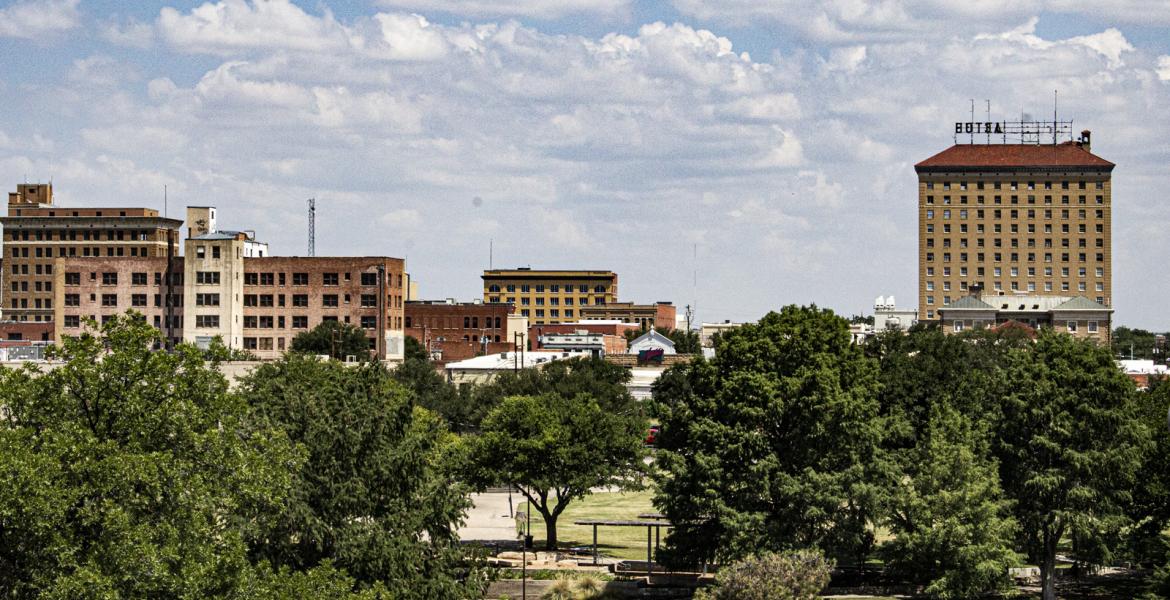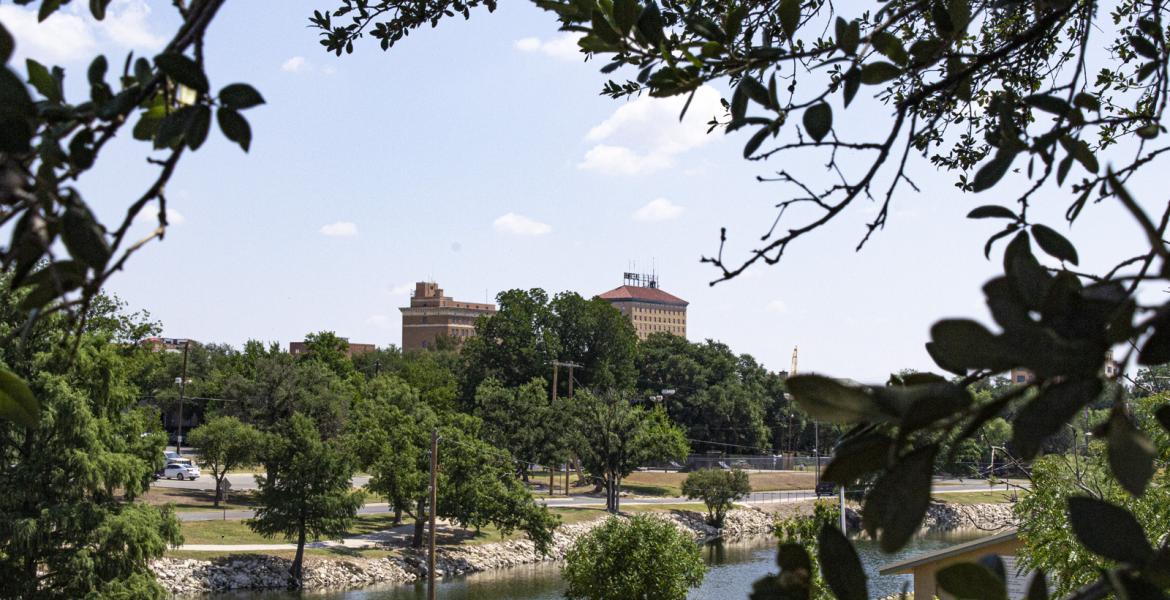ALBUQUERQUE, NM – The U.S. Fish and Wildlife Service announced a notice recently of availability and request for public comment for an Enhancement of Survival Permit Application and draft Environmental Assessment for the dunes sagebrush lizard, a rare species found only in the active and semi-stable shinnery oak dunes in the Permian Basin of West Texas and southeastern New Mexico. The permit application is supported by a draft Candidate Conservation Agreement with Assurances (CCAA) designed to achieve a net conservation benefit for the species.
Enhancement of Survival Permits are issued to non-federal landowners participating in a CCAA. The permit would cover incidental “take” of the dunes sagebrush lizard associated with oil and gas exploration and development, sand mining, renewable energy development and operations, pipeline construction and operations, local government activities, agricultural activities, and general construction activities within the CCAA permit area that could affect suitable habitat.
The enhancement of survival permit application proposes to authorize the development of 34,690 acres of suitable dunes sagebrush lizard habitat over the next several decades in Andrews, Gaines, Crane, Ector, Ward, and Winkler Counties, Texas. These agreements encourage landowners to take actions to benefit species while also providing assurances that they will not be subject to additional regulatory restrictions for the life of the permit.
If approved, the requested permit would become effective and authorize incidental take of the dunes sagebrush lizard should it become federally listed during the life of the permit and CCAA under the Endangered Species Act of 1973. The permit would remain in effect for up to 23 years – until the CCAA’s expiration date or until surrender by the permittee, unless it is suspended or revoked by the Service.
The dunes sagebrush lizard, often called sand dune lizard, was first made a candidate species for listing under the Endangered Species Act by the U.S. Fish and Wildlife Service in 2001. The primary threat to the lizard is the loss of habitat associated with oil and gas development and sand mining near and in dune complexes. This has resulted in increased fragmentation of their habitat and gaps in the species’ range.
The Service encourages the public to provide input and substantive comments during the 30-day public comment period November 20, 2020 to December 21, 2020. The notice will be available on November 20, 2020 in the Federal Register and one day prior to that in the Reading Room at https://www.federalregister.gov/public-inspection on the 2020 Notices link under Endangered and Threatened Wildlife and Plants.
The Service seeks to accelerate recovery of threatened and endangered species across the nation, while making it easier for people to coexist with these species. To learn more about the Endangered Species Program, visit http://www.fws.gov/endangered/.
Subscribe to the LIVE! Daily
Required






Post a comment to this article here: